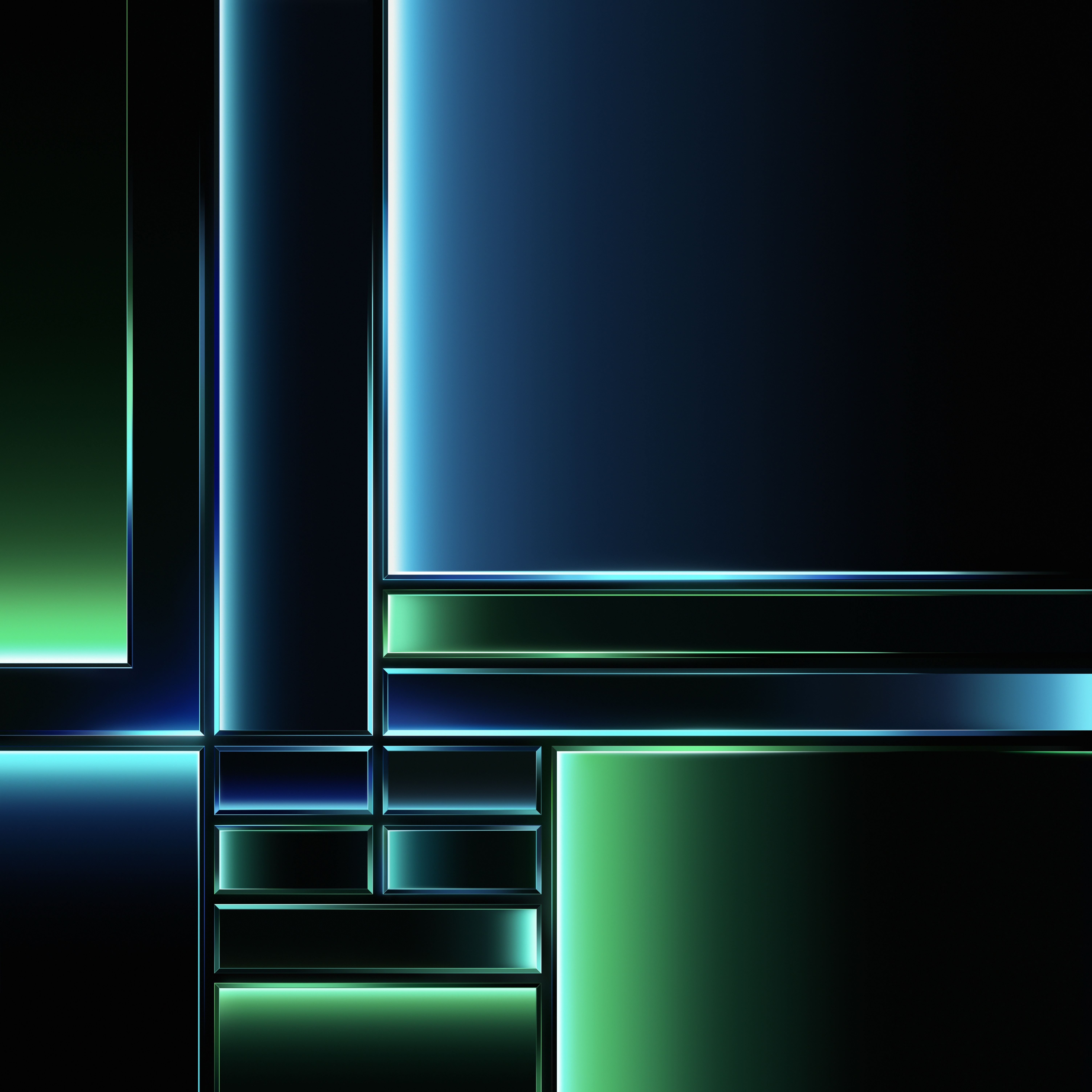-
Posts
2,360 -
Joined
-
Days Won
34
Aaron44126 last won the day on November 5 2025
Aaron44126 had the most liked content!
Recent Profile Visitors
The recent visitors block is disabled and is not being shown to other users.
Aaron44126's Achievements
-
.thumb.png.e841bc17c8cca329ac53db7523663d9a.png)
Dell Pro Precision 7 16 (2026 systems?)
Aaron44126 replied to Aaron44126's topic in Pro Max & Precision Mobile Workstation
OK, sorry about that, I do subscribe to The Verge so I didn't realize that they had a paywall on this article. Couple more. https://www.windowscentral.com/hardware/dell/dell-xps-returns-in-2026-after-rebrand-flop https://arstechnica.com/gadgets/2026/01/dells-xps-revival-is-a-welcome-reprieve-from-the-ai-pc-fad/ Dell is bringing the XPS name back (in addition to the Precision name, it seems). The Pro/Premium/Plus/Max names that they introduced last year is already being phased out... though not completely ("Precision" is now "Pro Precision"). -
"Broadest PC portfolio ever"? I already think part of their problem is that they already have too many models for each generation. How many 14" laptop models do you need to be offering at once, really? Slim down the product line, and use that leftover engineering effort to focus on polish and attention to detail. Add more spec options to each model if you think that people need options.
-
.thumb.png.e841bc17c8cca329ac53db7523663d9a.png)
Dell Pro Precision 7 16 (2026 systems?)
Aaron44126 replied to Aaron44126's topic in Pro Max & Precision Mobile Workstation
Nothing says that your superlative branding scheme was a mistake ... like rolling it back? https://www.theverge.com/news/851047/dell-xps-14-16-13-laptops-brand-return-ces-2026 -
.thumb.png.e841bc17c8cca329ac53db7523663d9a.png)
Precision M6700 owner's thread
Aaron44126 replied to Aaron44126's topic in Pro Max & Precision Mobile Workstation
I have personal experience with this same thing, with a Precision M4800 and ePort Plus dock. What I recall is that it is just pretty finicky about passing through a 60 Hz 4K signal. It is possible but it doesn't always work. I think that it is just because of the "wiring" not being high quality enough to make a signal with the bandwidth required stable. The dock doesn't support a specific version of DisplayPort, at least when it comes to its "electronics". That is determined by the system. (It may support a specific version of DisplayPort just in the sense of being "rated" to pass the signal through.) Unlike "modern" docks, an ePort dock is basically a glorified adapter + extension cord. It just passes through traces from specific pins on the dock port on the bottom of the laptop to the ports on the dock. It doesn't have much inside in the way of electronics / processing the signal. (It does have a DisplayPort→DVI adapter which is used for the DVI ports.) -
.thumb.png.e841bc17c8cca329ac53db7523663d9a.png)
Precision M6800 questions and upgrades
Aaron44126 replied to Jers6410's topic in Pro Max & Precision Mobile Workstation
There are different coolers for AMD and NVIDIA (Kepler) cards in this system. I think the main difference is accounting for the die height. It would be best to get an NVIDIA GPU heatsink. (Not sure about thermal pads, sorry.) You can use a PCIe (NVMe) SSD with an adapter, if you can get it to physically fit. The BIOS won’t be able to boot from it. -
If it's happening even on a Bluetooth device that is connected, that's not an analog/grounding issue. The Bluetooth audio chain is all digital until it gets to your actual external speakers/headset, which wouldn't be physically connected to the laptop. I'm glad that they dumped Realtek as the sound chip manufacturer, I never liked them, but I don't know if Cirrus is any better. In any case, I agree that this buzzing is unacceptable. Again, if the buzzing is observed even over Bluetooth audio, that points more to a software / audio stack issue. The first thing that I would check is make my way to the "legacy" Sound control panel and disable "audio enhancements" for your sound output device. Dell has been known to include a stack of audio "enhancements" with the "Dell Optimizer" package which have also always been undesirable to me.
-
.thumb.png.e841bc17c8cca329ac53db7523663d9a.png)
Dell Pro Precision 7 16 (2026 systems?)
Aaron44126 replied to Aaron44126's topic in Pro Max & Precision Mobile Workstation
Here are references to Pro Precision 9. https://registry.dmtf.org/products/dell-pro-precision-9-t6-pw9t6260 https://registry.dmtf.org/products/dell-pro-precision-9-t4-pw9t4260 https://registry.dmtf.org/products/dell-pro-precision-9-t2-pw9t2260 -
.thumb.png.e841bc17c8cca329ac53db7523663d9a.png)
The AI boom is more overhyped than the 1990s dot-com bubble...
Aaron44126 replied to Papusan's topic in Tech News
I think that's on point and there's also this shift is also going on because ... Each major architectural advancement costs way more than they used to (in R&D, and also in just what it takes to get chips using the latest fab tech). Each major architectural advancement also brings less benefit than they used to. (Gone are the days when performance doubles every couple of years. Now we get maybe a 20-30% performance bump or something in the same timespan, at best.) You have NVIDIA claiming giant generation-over-generation gains, but that's not all from the architecture, it is also from increasing the power draw to their chips and "playing with the numbers" by rolling in new "things" like DLSS / AI frame generation which don't really make for an apples-to-apples comparison. With gains costing so much more, it makes sense that there would be more incentive to hang on to the "current" generation and extract as much profit from it as possible. -
Eh. I think we're also going to see at least some companies trying to reduce prices by providing you with crappier stuff. Systems with 8GB of RAM (or less?) when 16GB would be more appropriate. Squeeze onto tiny SSDs. Etc. People like us will be able to see and avoid these, but your non-tech family member who just goes to Costco to buy a cheap laptop is going to get something extra crappy.
-
https://www.theverge.com/report/839506/ram-shortage-price-increases-pc-gaming-smartphones
-
I have a link in my signature to an article about the pros and cons of using LTSC. I personally prefer LTSC as well (…for the one Windows system that I have left that I actually use…). not only is it a more “decorated” base install… I *like* the idea of security updates only — you don’t have to worry about Microsoft shoving stuff down that you have to figure out how to disable or get rid of, and you can *decide* when you are ready to upgrade to the next version. As for “performance improvements”, I don’t see that as much of a concern. Windows is already about as refined as it can be in that area, and I see GPU drivers as the main place where that is in flux, and of course you can still install current GPU drivers on the LTSC version. Now as for the issues that @Easa is experiencing here, I don’t think that it would make that much of a difference if he was using LTSC or not. This seems like deeper platform-level stuff.
-
Despite what the system requirements say, you can use Windows 11 with "legacy boot". Unless something has changed recently... When I tried it (a couple of years ago), the official install media still supported legacy boot, and you just had to jump through the regular hoops to disable the secure boot, TPM, and CPU checks in the installer to get it to go. But it might be easier to do by upgrading a Windows 10 system rather than installing from scratch.
-
Just saw this fun headline. https://www.pcworld.com/article/2998935/ram-is-so-expensive-samsung-wont-even-sell-it-to-samsung.html
-
Yeah, I get the way that the rep framed the price hike to you is gross. I think it is really the Dell bean counters "exploiting" as you say, realizing that they can sell the RAM at a higher price so they're going to do it. (They would have to raise prices eventually as their upstream source for memory starts to cost more, but that hasn't happened yet for stuff they have already purchased and have in inventory.) Not just Dell, anywhere you look RAM prices are up 2×-4× since summertime.






